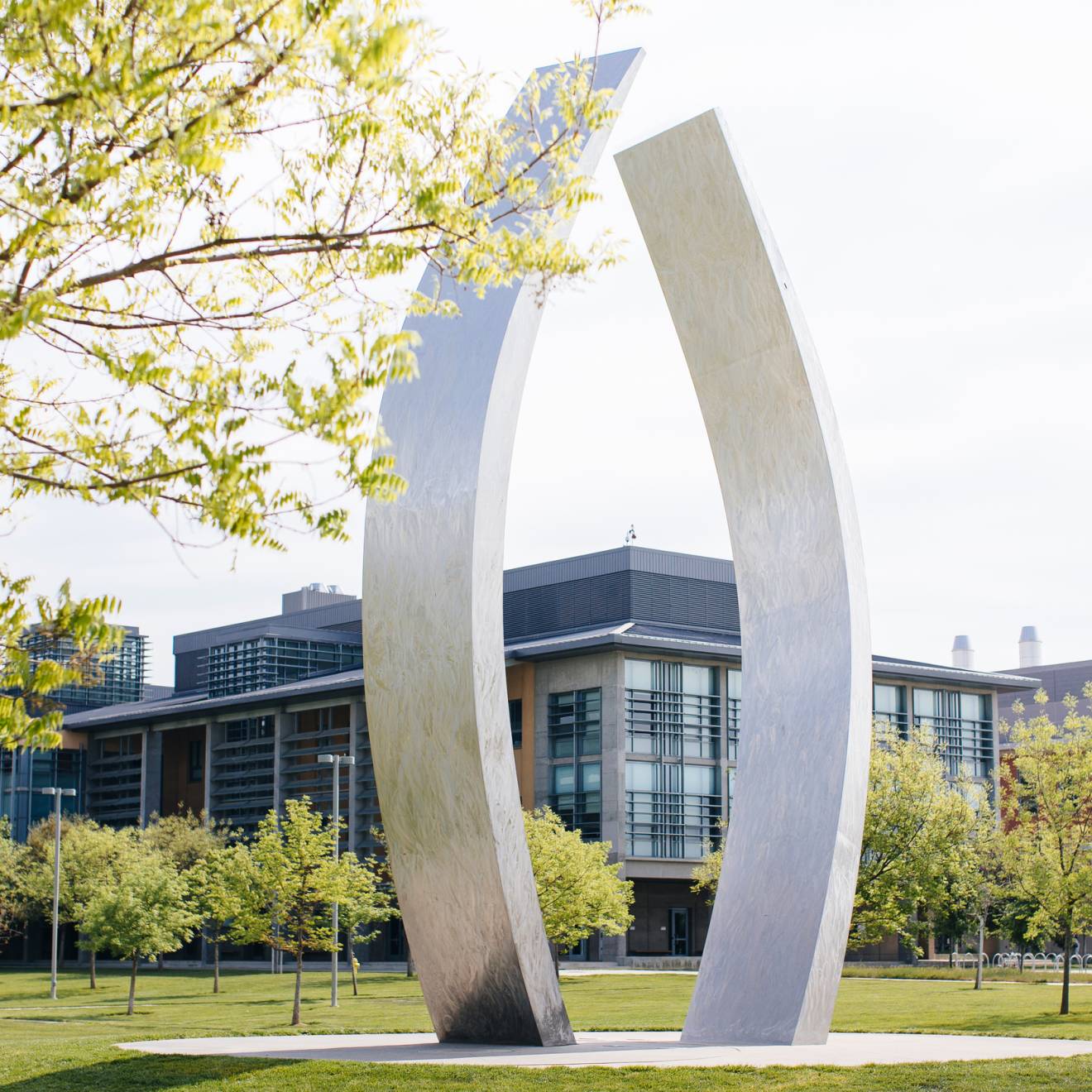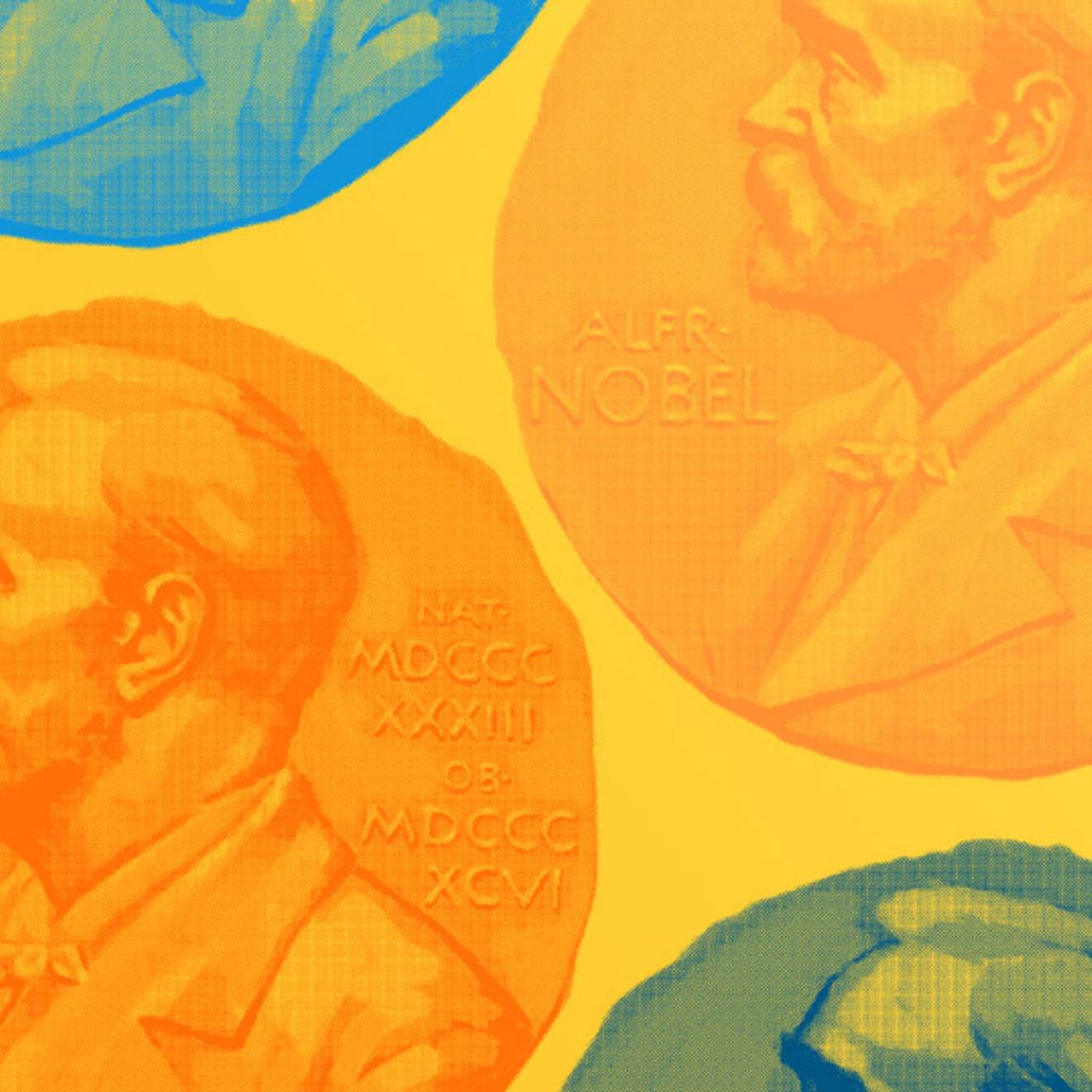Alec Rosenberg, UC Newsroom
How hot do you like your peppers? Mild? Medium? Tongue-on-fire, milk-craving torrid?
Spicy pepper seekers, take heart: University of California researchers are studying ways to make hotter jalapeños.
In a field in Morgan Hill, rows of the iconic chili peppers are ready to be picked. UC Cooperative Extension farm advisor Aziz Baameur is experimenting with different levels of nitrogen and water in search of a hotter jalapeño.
“Nitrogen seems to be promising,” Baameur said.
Higher nitrogen levels seem to increase pungency (spicy heat) while also allowing for high yields, while lower nitrogen levels also can increase pungency but are correlated with lower yields, he said. Adjusting water levels so far has not produced hotter peppers.
This quest has economic consequences. Peppers are becoming increasingly popular in the U.S., whether eaten whole or processed into chips and sauces.
 “The trend lately is towards hotter items, which is why things are becoming more popular in stores along the lines of the habanero and even the Bhut Jolokia variety, which is the ghost pepper,” said Jeff Sanders, raw product coordinator for pepper grower George Chiala Farms. “Both of those are significantly hotter than jalapeños, but the jalapeño is still the standard bearer for a hot pepper.”
“The trend lately is towards hotter items, which is why things are becoming more popular in stores along the lines of the habanero and even the Bhut Jolokia variety, which is the ghost pepper,” said Jeff Sanders, raw product coordinator for pepper grower George Chiala Farms. “Both of those are significantly hotter than jalapeños, but the jalapeño is still the standard bearer for a hot pepper.”
The pungency of chili peppers is measured in Scoville heat units, which indicate the amount of capsaicin present (the higher, the hotter). The Scoville scale — named after its creator, American chemist Wilbur Scoville — starts at zero (bell pepper). A jalapeño measures 2,500 to 8,000 SHU, while a habanero ranges from 100,000 to 350,000 SHU and a ghost pepper hits 1 million SHU. That’s still not the hottest pepper — a claim now held by the Carolina Reaper at an eye-popping 2.2 million SHU.
The spiciness in peppers isn’t just a topic for our taste buds; it’s also generated prize-winning research into pain.
David Julius, professor and chair of the UCSF Department of Physiology, uses natural molecules found in tarantulas and hot chili peppers to study pain. His discoveries, which have won him the Shaw Prize and landed him consideration as a Nobel Prize contender, have significantly advanced the study of pain and may lead to new pain therapies.
So the next time you shop for a spicy pepper, mind your Scoville scale and be prepared to sweat in the name of science.

